Retro Replay Review
Gameplay
Akrasia’s gameplay revolves around the delicate tension between control and compulsion, immersing players in a maze-like representation of the mind. You navigate your character solely via keyboard inputs, giving the experience a tactile immediacy that reinforces the game’s core themes. At first glance, the movement and item-collection mechanics feel familiar, reminiscent of classic dungeon crawlers, but the emotional undercurrent sets Akrasia apart from more traditional fare.
The game introduces two distinct states—“chasing the dragon” and “cold turkey”—each altering both your abilities and your objectives. In the “chasing the dragon” state, the world around you warps with vivid colors and distorted geometry, encouraging a risky playstyle as you pursue ever-more elusive rewards. Conversely, the “cold turkey” state strips the maze of its extra flair, presenting a stark, monochromatic environment that heightens the challenge of avoiding monsters and temptations.
Replayability is baked into the design: while basic controls and objectives are explained during an opening tutorial, the deeper purposes of each item and corridor must be discovered through repeated exploration. This approach can be frustrating for players who prefer clear guidance, but it rewards patience and curiosity, yielding new insights into the mechanics and the story with each run.
Graphics
Visually, Akrasia thrives on simplicity and abstraction. The maze walls and floor tiles are composed of clean, geometric shapes that shift between muted grays in the “cold turkey” state and psychedelic patterns in the “chasing the dragon” state. This stark contrast not only underscores the thematic struggle but also helps players differentiate between gameplay modes at a glance.
Character sprites and collectible items are minimalist yet evocative. Monsters appear as flickering shadows or glitch-like silhouettes, reinforcing the sense of threat without resorting to gore or overt horror. When you pick up items, subtle visual cues—such as a ripple of color or a soft glow—signal their psychological impact, tying your in-game actions back to the idea of addiction and consequence.
While Akrasia does not push the boundaries of high-fidelity rendering, its art direction is deliberate and effective. The choice to limit graphical complexity allows the game’s design to speak louder than polygon counts, ensuring that the focus remains on mood, symbolism, and player reflection rather than flashy effects.
Story
Akrasia tells its story without lengthy cutscenes or dialogue trees, opting instead for environmental storytelling and metaphor. The maze itself serves as an allegory for the human mind under the sway of addictive behavior, and each corridor, dead end, or hidden alcove feels like a page torn from a patient’s journal. As you progress, the world subtly shifts to reveal more about the narrator’s internal conflict.
Collectible items double as narrative clues, ranging from cryptic diary entries to symbolic tokens representing hope, regret, or relapse. Players who gather enough of these fragments can piece together a haunting portrait of someone grappling with dependency, though the full meaning remains tantalizingly out of reach until multiple playthroughs.
Rather than handing you a neat, linear plot, Akrasia trusts you to assemble the story yourself. This open-ended approach aligns with the game’s emphasis on self-reflection: just as overcoming addiction is a personal journey, understanding the narrative requires inward exploration and a willingness to confront uncomfortable truths.
Overall Experience
Akrasia offers a contemplative, challenging experience that subverts standard maze-exploration tropes to explore the psychology of addiction. Its minimalist design, both in visuals and controls, places the emphasis squarely on the player’s emotional journey, turning each victory or setback into a moment of introspection.
While the game’s abstract nature and lack of explicit guidance may deter those seeking a straightforward action-adventure, it will deeply resonate with players who appreciate thoughtful design and thematic depth. The dual states of “chasing the dragon” and “cold turkey” introduce a dynamic tension that keeps each run feeling fresh, encouraging experimentation and multiple playthroughs.
Ultimately, Akrasia stands as a unique indie title that challenges your reflexes and your perceptions. By weaving together simple mechanics, evocative visuals, and a bold narrative framework, it creates an experience that lingers long after you close the game, urging you to examine your own motivations both inside and outside the maze.
 Retro Replay Retro Replay gaming reviews, news, emulation, geek stuff and more!
Retro Replay Retro Replay gaming reviews, news, emulation, geek stuff and more!
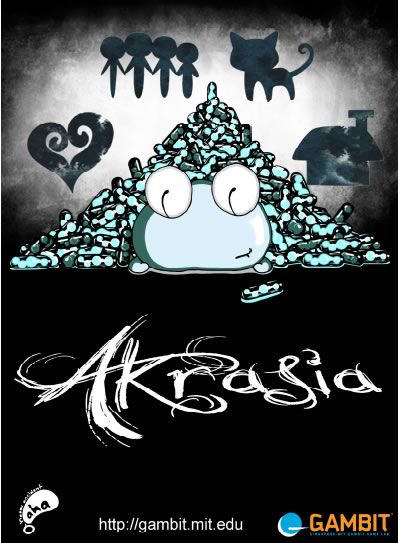
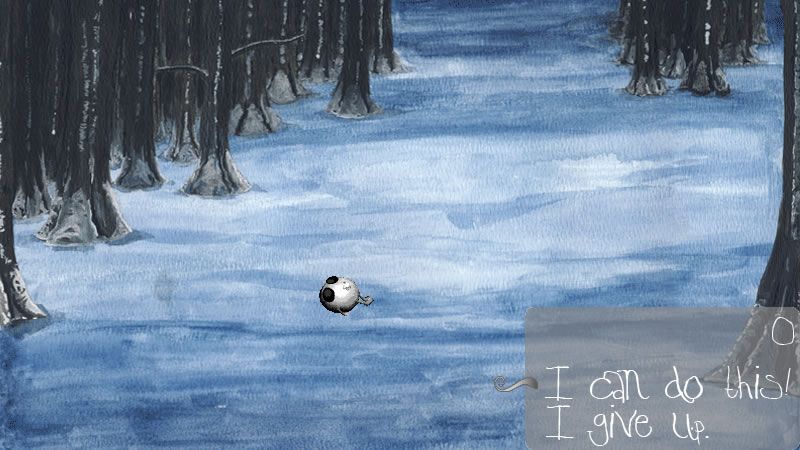
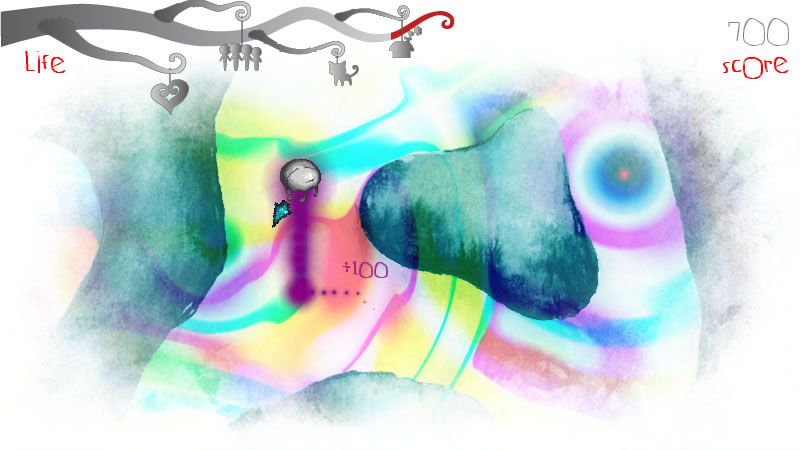
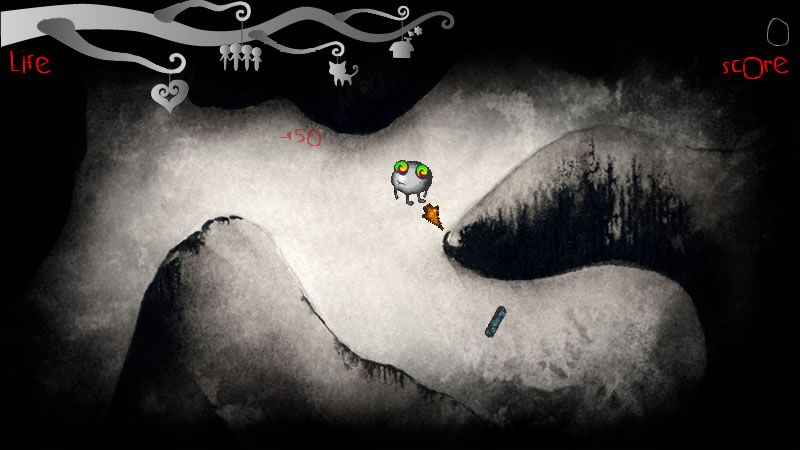
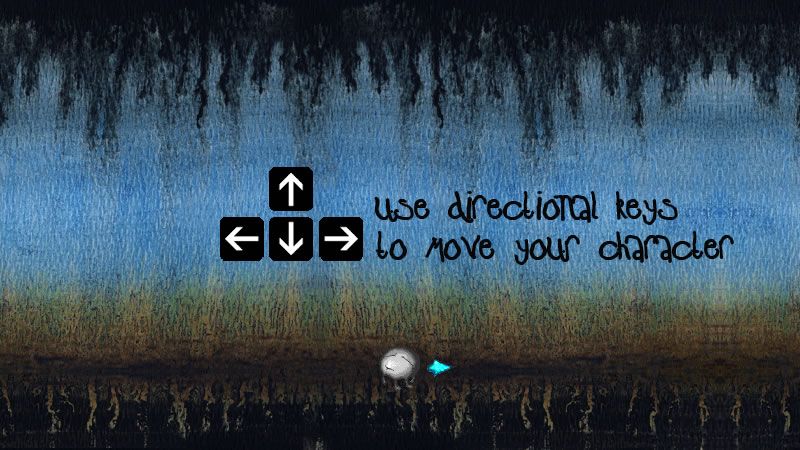
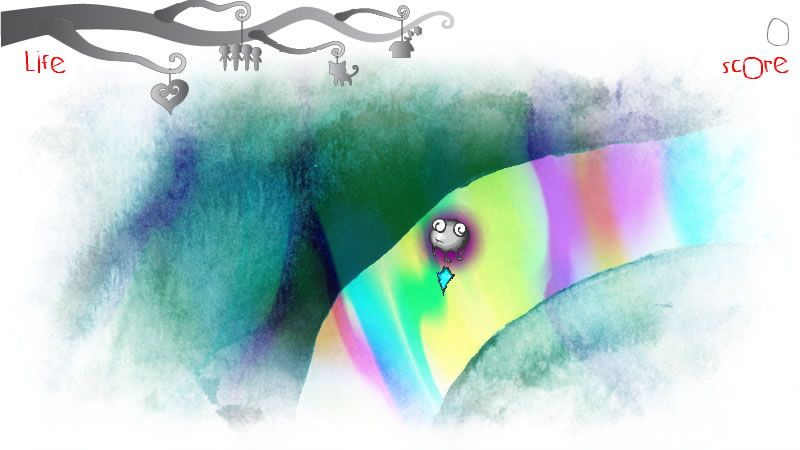



Reviews
There are no reviews yet.